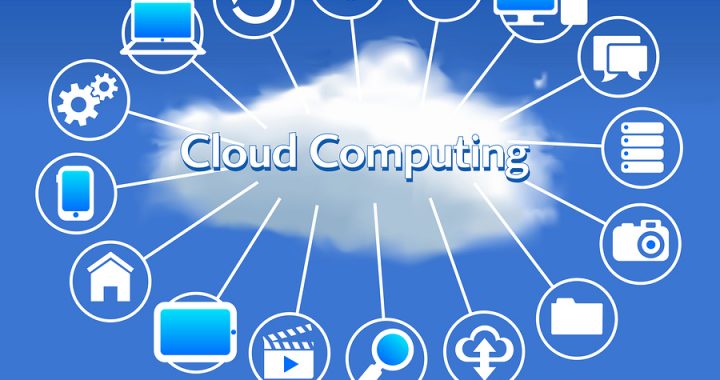Cybersecurity is at a low level for several reasons.
One reason is that organizations, governments and individuals are not investing enough in cybersecurity measures.
This can include not allocating sufficient budget or resources for cybersecurity training, hiring, and technology.
Another reason is that many organizations and individuals do not have a clear understanding of the cyber threats they face, and as a result, do not prioritize cybersecurity.
Additionally, many companies and individuals are still using outdated software, hardware and systems that are vulnerable to cyber-attacks which could have been prevented if they were updated.
Furthermore, the sophistication and complexity of cyber attacks are increasing at a faster rate than organizations and individuals can keep up with.
All these factors combined have led to the current low level of cybersecurity.
Lowest entry-level ever
Today, the entry-level for cybercrime is at an all-time low.
This is due in part to the increasing availability of easy-to-use tools and resources that allow individuals with little technical expertise to engage in cybercrime.
For example, there are now numerous online forums, tutorials, and hacking tools that can be easily accessed and used by anyone with an internet connection.
Additionally, the rise of the dark web has made it easier for individuals to purchase and use malicious software, such as malware and ransomware, for criminal activities.
Furthermore, the increasing use of automation and AI in cybercrime has made it easier for cybercriminals to launch large-scale attacks and target a wide range of victims.
All these factors have led to the lowering of the entry-level and increase of cybercrime which is a major concern for organizations, governments and individuals.
Education and training from the wrong direction
Education and training that is delivered in a top-down manner, where the information and knowledge is passed down from the top level of an organization to the bottom, can fail for several reasons.
One of the main reasons is that it does not take into account the unique needs and perspectives of the individuals or groups who are being trained.
The information may not be tailored to their specific role or level of understanding, making it difficult for them to apply it effectively in their work.
Additionally, top-down education and training can lead to a lack of engagement and buy-in from the individuals or groups who are receiving the training.
Without their active participation and interest, the training may not be as effective in achieving its goals.
A bottom-up approach, on the other hand, is more inclusive and empowering, and it starts with the needs and perspectives of the individuals or groups who are being trained, ensuring that the training is more relevant and meaningful to them.
Software was written for the first to market, not as a secure platform
Software that is written with the primary goal of being the first to market may not prioritize security.
This means that the software may have vulnerabilities or weaknesses that can be exploited by cybercriminals or hackers.
These security flaws can lead to data breaches, loss of sensitive information, and other types of cyber attacks. Additionally, software that is not designed with security in mind may not comply with industry regulations or standards, which can lead to legal and financial repercussions for the company that developed the software.
To avoid these issues, it is important for companies to balance the need for speed to market with the need for a secure and compliant software platform.
Additional
AI
Artificial intelligence (AI) will have a significant impact on both cybersecurity and cybercrime.
On the cybersecurity side, AI can help organizations and individuals detect and respond to cyber threats in real time, by using advanced machine learning algorithms to analyze large amounts of data, identify patterns, and make predictions about potential attacks.
Additionally, AI-based systems can also be used to automate many security processes, such as patch management and incident response, which can help organizations and individuals become more efficient and effective in defending against cyber attacks.
On the other hand, AI can also be used by cybercriminals to launch more sophisticated and automated attacks, such as spear-phishing, social engineering, and malware campaigns.
AI-based malware can also be designed to evade detection by traditional security systems and can spread quickly across networks.
Additionally, AI can also be used to enable new forms of cybercrime, such as deepfake generation, which can be used to impersonate individuals or organizations in order to steal sensitive information or money.
Therefore, AI can have a significant impact on both cybersecurity and cybercrime and it’s important for organizations and individuals to stay aware and adapt to the new technology.












